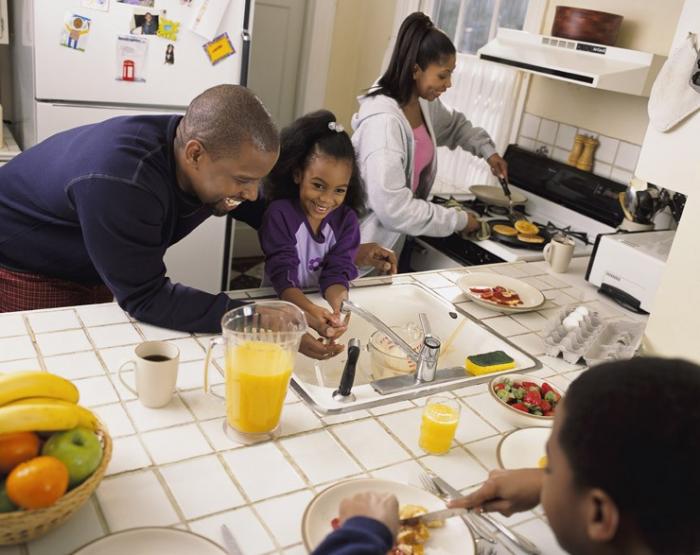 In observance of Food Safety Education Month, we’ll be posting a blog each week this month with information about safe food handling that you can put into practice at home. If you learn something new, please share this information with your friends and family so that everyone you know is equipped with the information they need to keep food safe and prevent foodborne illness. There are four keys to food safety: Clean, Separate, Cook, Chill. This week, we will learn more about the first of those: CLEAN.
In observance of Food Safety Education Month, we’ll be posting a blog each week this month with information about safe food handling that you can put into practice at home. If you learn something new, please share this information with your friends and family so that everyone you know is equipped with the information they need to keep food safe and prevent foodborne illness. There are four keys to food safety: Clean, Separate, Cook, Chill. This week, we will learn more about the first of those: CLEAN.
This one sounds obvious, I know. But there’s more to it than it may seem. Let’s start with what you shouldn’t clean. Yes, you read that right! Don’t clean raw meat, poultry or fish. When you run water over raw meat, poultry or fish, water hits the surface and the impact causes tiny water droplets – and the bacteria they’ve come into contact with on the surface of the product – to spray in the air. These droplets land on whatever is nearby – for example, the dishes in your countertop drying rack waiting to be put away, the kitchen counters, or perhaps a serving dish intended for the meal you’re preparing. These droplets are so small that you can’t even see them, but they can harbor a lot of bacteria. This is what’s called cross contamination.
So, what should you clean?
Do clean fruits and vegetables by rinsing under clean running water and gently rubbing with your hands or scrubbing with a vegetable brush before preparing (or eating!) them to reduce the number of bacteria on the surface. You should clean fruits and vegetables even if you will peel them before preparing or eating and even if you won’t eat the outside rind, such as for cantaloupe. That’s because bacteria on the surface can be introduced to the inside of the fruit or the vegetable through peeling or cutting. Skip produce washes and soap – studies have shown that cleaning with tap water and your hands or a vegetable brush is the most effective method overall of cleaning produce. One exception:
Do clean kitchen surfaces, tools and utensils with soap and water. After you’ve cleaned with soap and water, you can follow with a dilute solution of bleach if you’d like to – use one teaspoon of regular chlorine bleach for every one quart of water. This chlorine solution will achieve sanitization – a reduction in the number of microorganisms on the surface to a safe level. Save the stronger solutions – solutions prepared as disinfectants, which destroy most microorganisms on a surface – for where they are appropriate, like the bathroom. Do clean kitchen surfaces, tools and utensils between using them for raw meat, poultry and fish and before using them to prepare produce, especially if you won’t cook the produce later – for example, in a salad.
Do clean your hands after handling raw meat, poultry or fish and after handling unclean kitchen tools and utensils, such as cutting boards and knives, which were previously used for preparing raw meat, poultry or fish. Of course, wash your hands any time they may have become contaminated. To wash your hands effectively, wet your hands, apply soap, scrub for 20 seconds, rinse with water and dry thoroughly using paper towels.
Stay tuned for next week when we give more food safety tips. You can also check out our Food Safety and Environmental Services webpage here.









